| Translate to: | Music: Chardash Monti |
Home |
|||||
|
HU |
Weather:
|


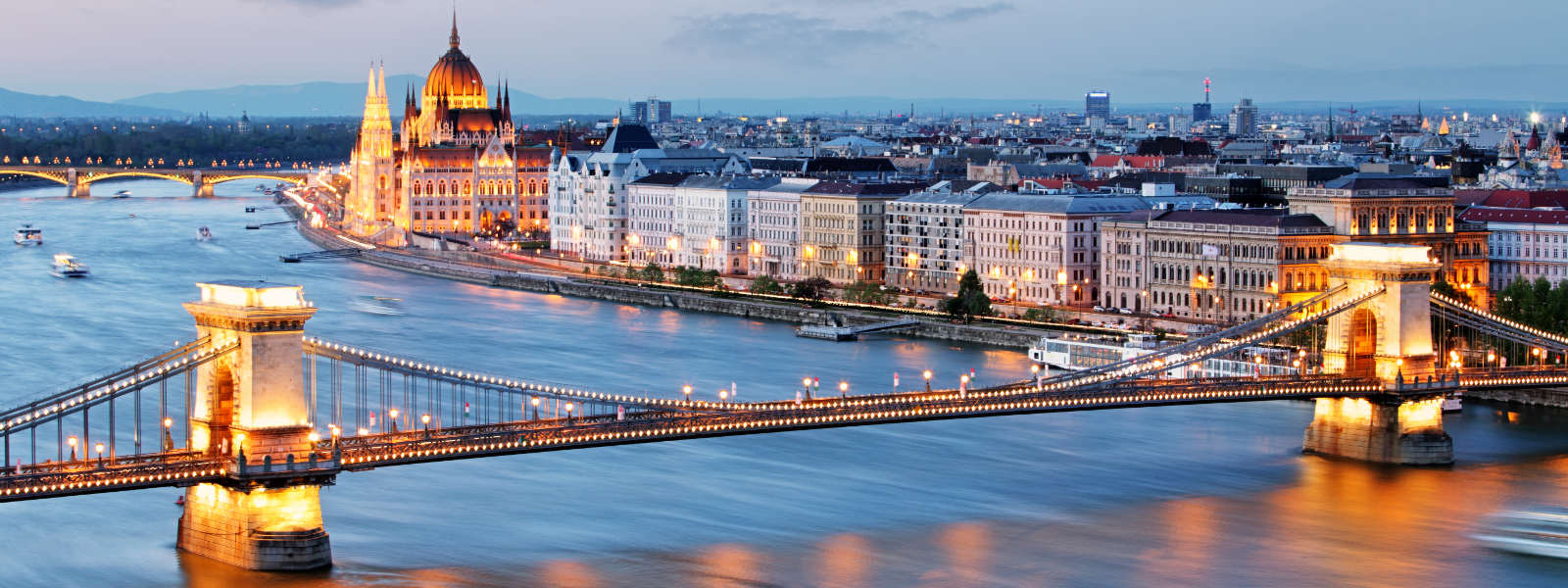
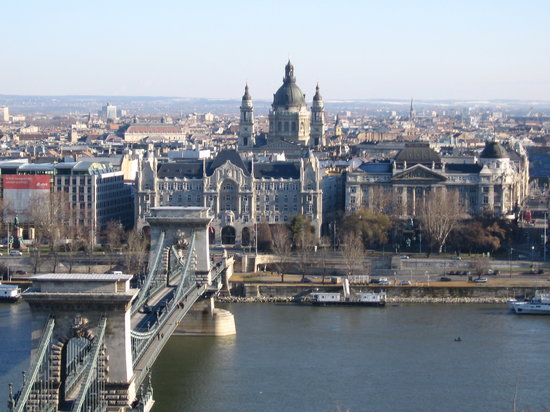
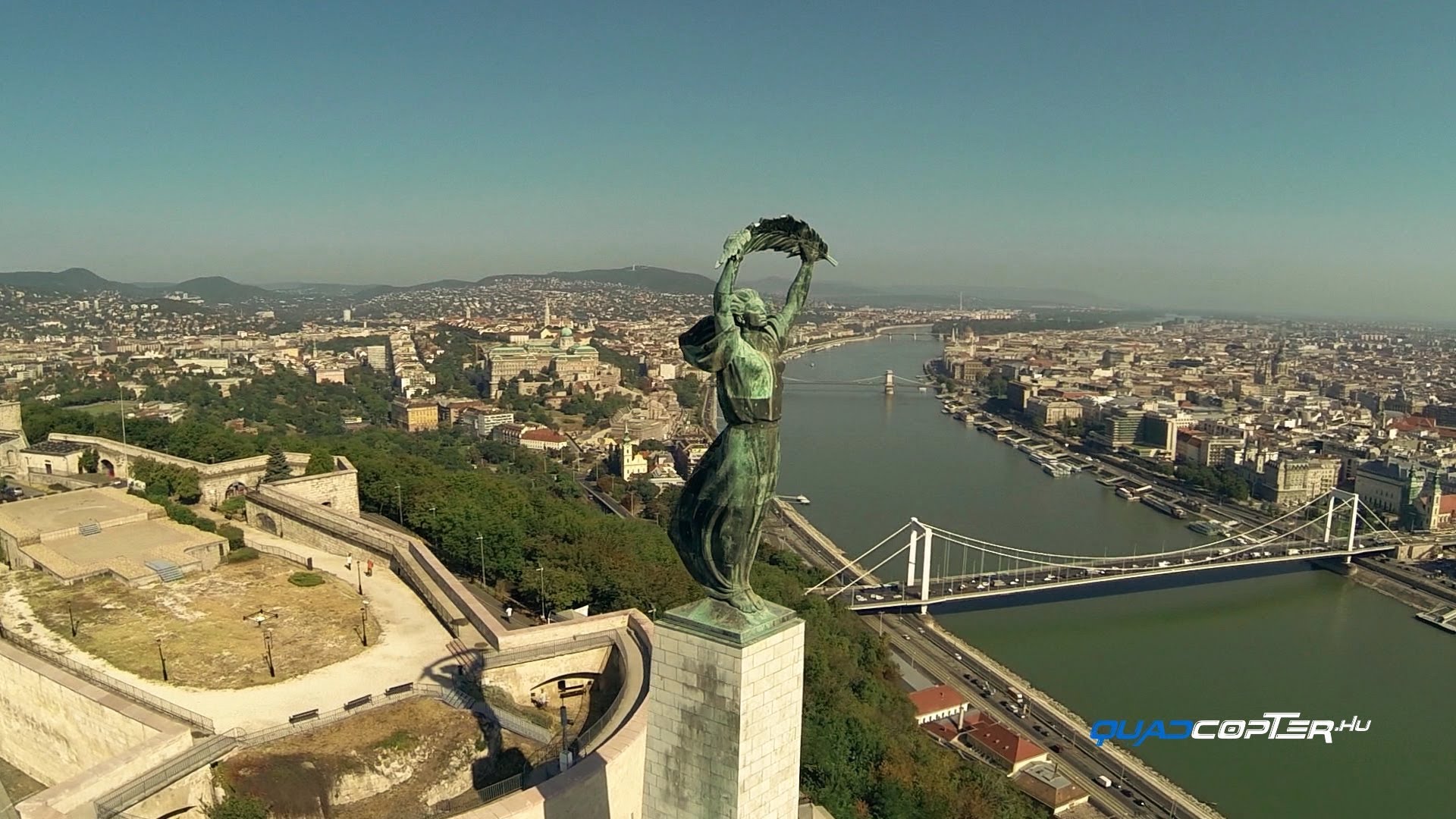
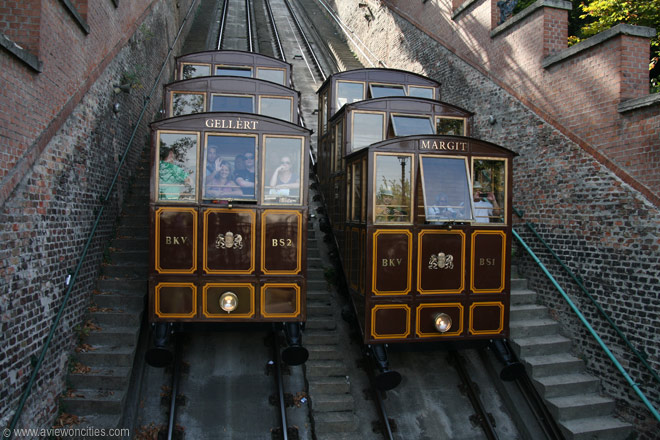
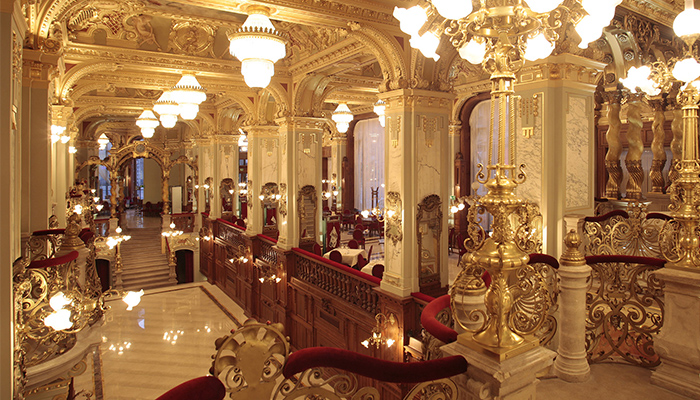
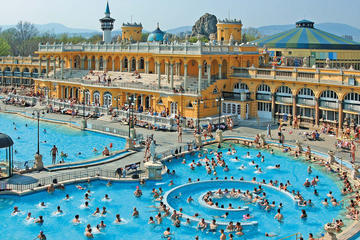
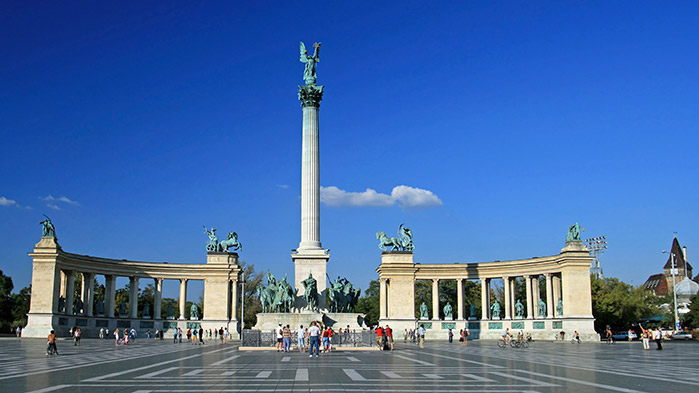
|
|
 Budapest, Hungary (October 15-29, 2016)
Budapest, Hungary (October 15-29, 2016)

|
|||

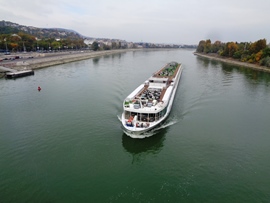
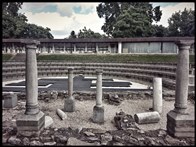
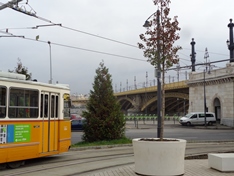
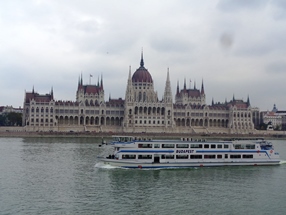
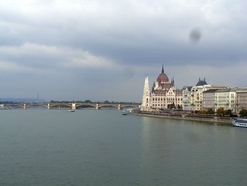
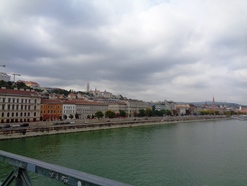
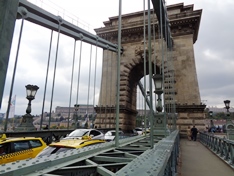
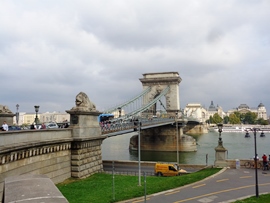
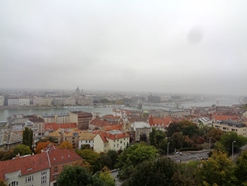
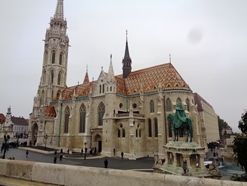
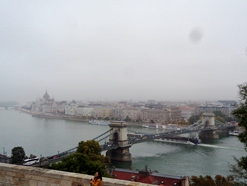
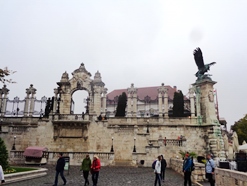
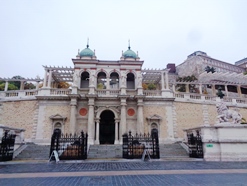
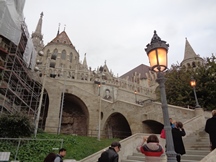
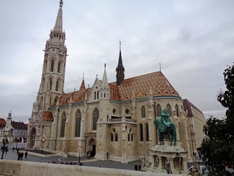
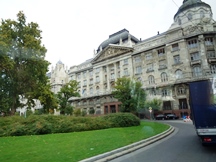
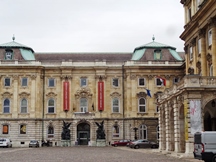
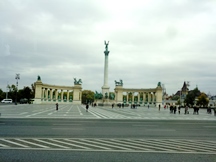
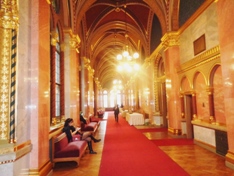
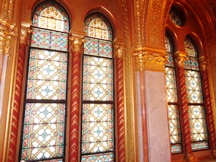

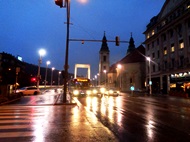
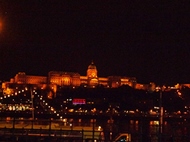
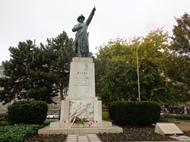


|
Often described as the "Little Paris of Middle Europe", Budapest is famous not only for the monuments reflecting its own 1,000-year-old culture, but also for the relics of others who settled here.
Remains from both Roman occupation and much later ruled by the Turks can still be seen in the city.
The ruins of Aquincum present in Obuda district of Budapest, providing a glimpse of the Roman lifestyle of the past.
After the Ottoman Empire the union with Austria has a particular influence on the city's form and style.
The capital has two sides, Buda and Pest, stretching along the banks of the Danube, representing two different characters of the city.
Suburban Buda and its historic castle district offer medieval streets and houses, museums, caves and Roman ruins.
The dynamic Pest side boasts the largest parliament building in Europe, riverside promenades, flea markets, bookstores, antique stores and cafe houses.
Budapest has a lot to offer. Museums and galleries, churches and synagogues, palaces and historic buildings, baths and pools (in Russian) are presented together with the influence of Secession in the city.
At the time of its completion in 1885, Andrassy Avenue was considered a masterpiece of city planning and even public transport was prohibited to preserve its character. This brought about the idea to build a railroad beneath it. The first subway line in continental Europe opened in 1896 and is still in use as the M1 or the yellow line.
Buda Castle is home to the Hungarian National Gallery, the Budapest History Museum and the National Library. Other attractions include the Lion Courtyard; the Matthias Well, a bronze statue of King Matthias; and the statue of the Turul Bird, the mythological bird of the Magyars.
|
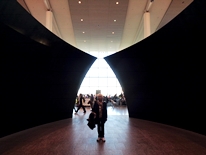

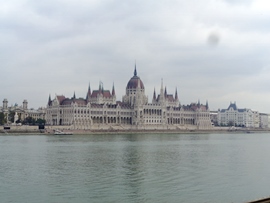
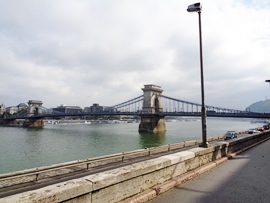
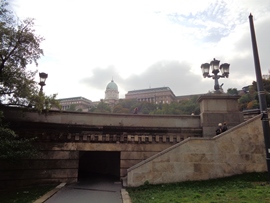
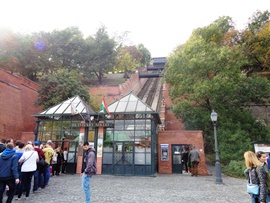
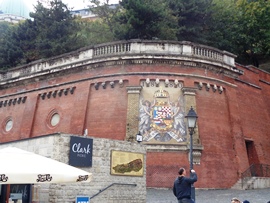

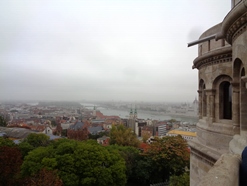
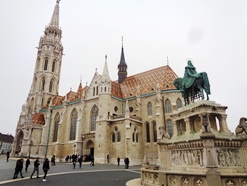
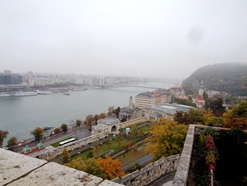
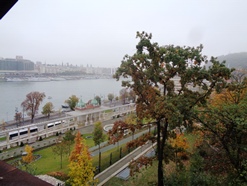
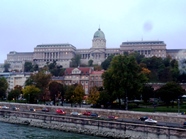
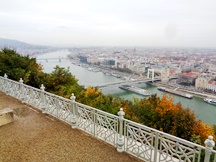
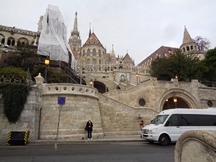

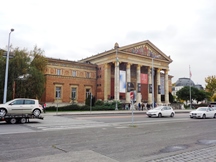

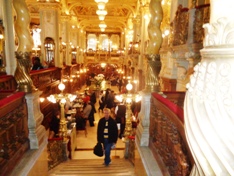
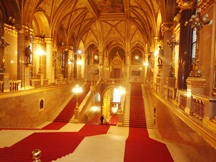
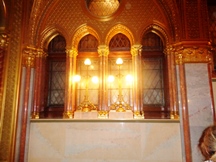
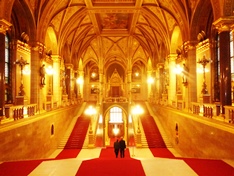

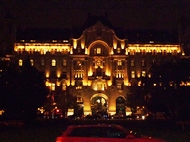
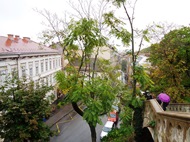

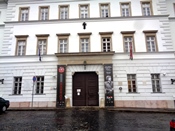
|
|
Email: |
Design and pictures made by George and Valentina.
To send us your impressions about this page click on @-icon |
|
Translate to: |
Home |
||||||
|
You are |
||||||||||